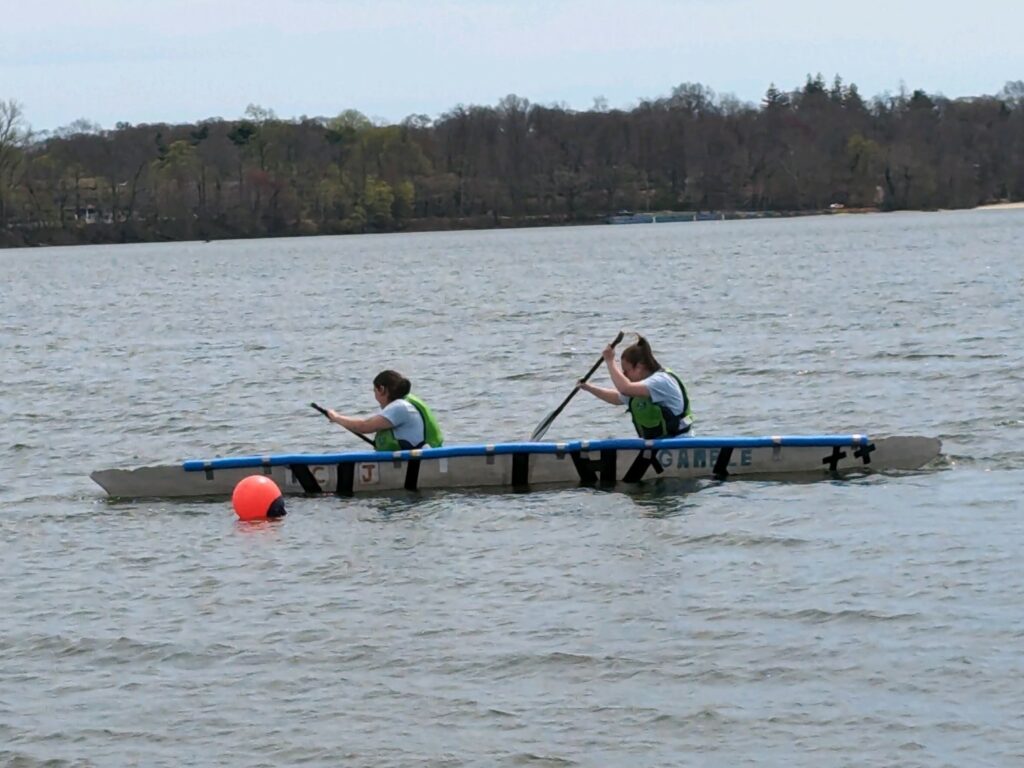
The team designed and fabricated a canoe out of concrete by designing the hull through modeling software, and designing the mix through testing. A structural analysis of the canoe was also performed. Once the design was completed, the mold was constructed and the concrete was be placed. The constructability of the canoe was a major component of the design so it was considered in the design selection and was practiced before the final placement of the concrete. The canoe was used to compete in the ASCE Concrete Canoe regional competition held at Stony Brook University, and placed fifth overall. The design complied with the competition constraints released by ASCE for the 2024 competition. The desired outcome of a working design that was successful in the regional competition was partially reached by designing and fabricating a canoe that passed the swamp test and was able to compete in the first race at the competition.
Fall 2023 and Spring 2024 Summary
The TCNJ ASCE Concrete Canoe team sought to design a canoe to be fabricated and raced in the 2024 ASCE Concrete Canoe Competition. A mixture was selected from four alternative designs that conform to the design constraints of the competition. The selected mix design has a unit weight of 52 pcf, a compressive strength of 680 psi, and a workability that will allow for simple construction of the canoe. The mix utilizes poraver, portland cement, fly ash, slag cement, and air entrainment. A hull shape was selected from three alternative designs that balance the features necessary to be successful in the competition, such as stability, speed, and maneuverability, while still maintaining a simple design that is easy to construct. The final hull design has a length of 18 feet, a maximum height of 1.5 feet, a beam of 2.5 feet located at the midpoint of the canoe, and has a flared side profile and a shallow arch bottom profile. The hull designs were created using AutoCAD and hydrostatically analyzed using Freeship. A structural analysis was performed to check the adequacy of the beam, in which the maximum factored compressive stress was determined to be 40 psi which is less than the mix compressive strength of 680 psi. The mold and canoe have been constructed by the team, and the canoe is ready for the Regional Competition. The total engineering costs and services for the fall and spring semester were $53,500, and the construction cost was $6,000.
